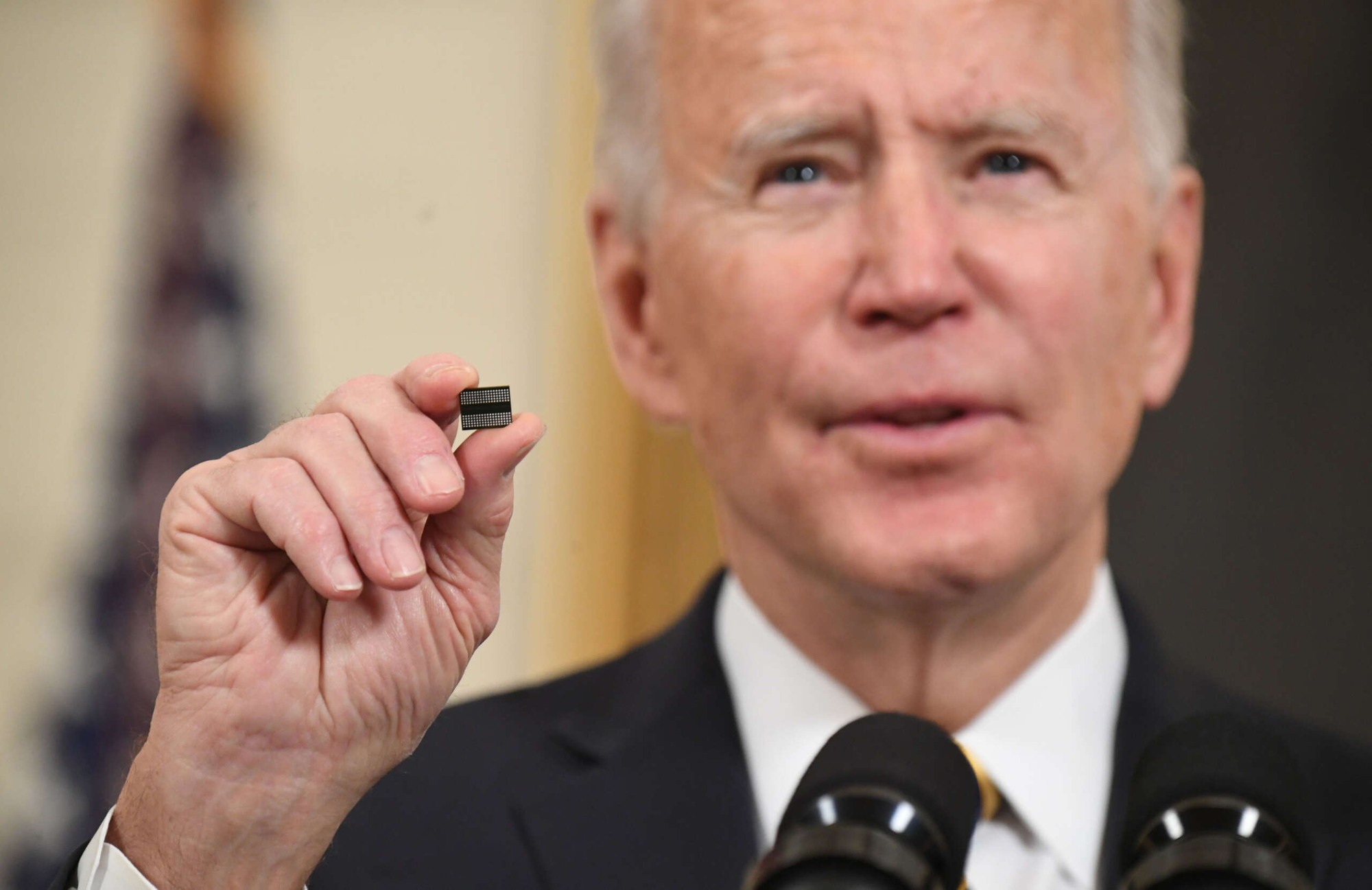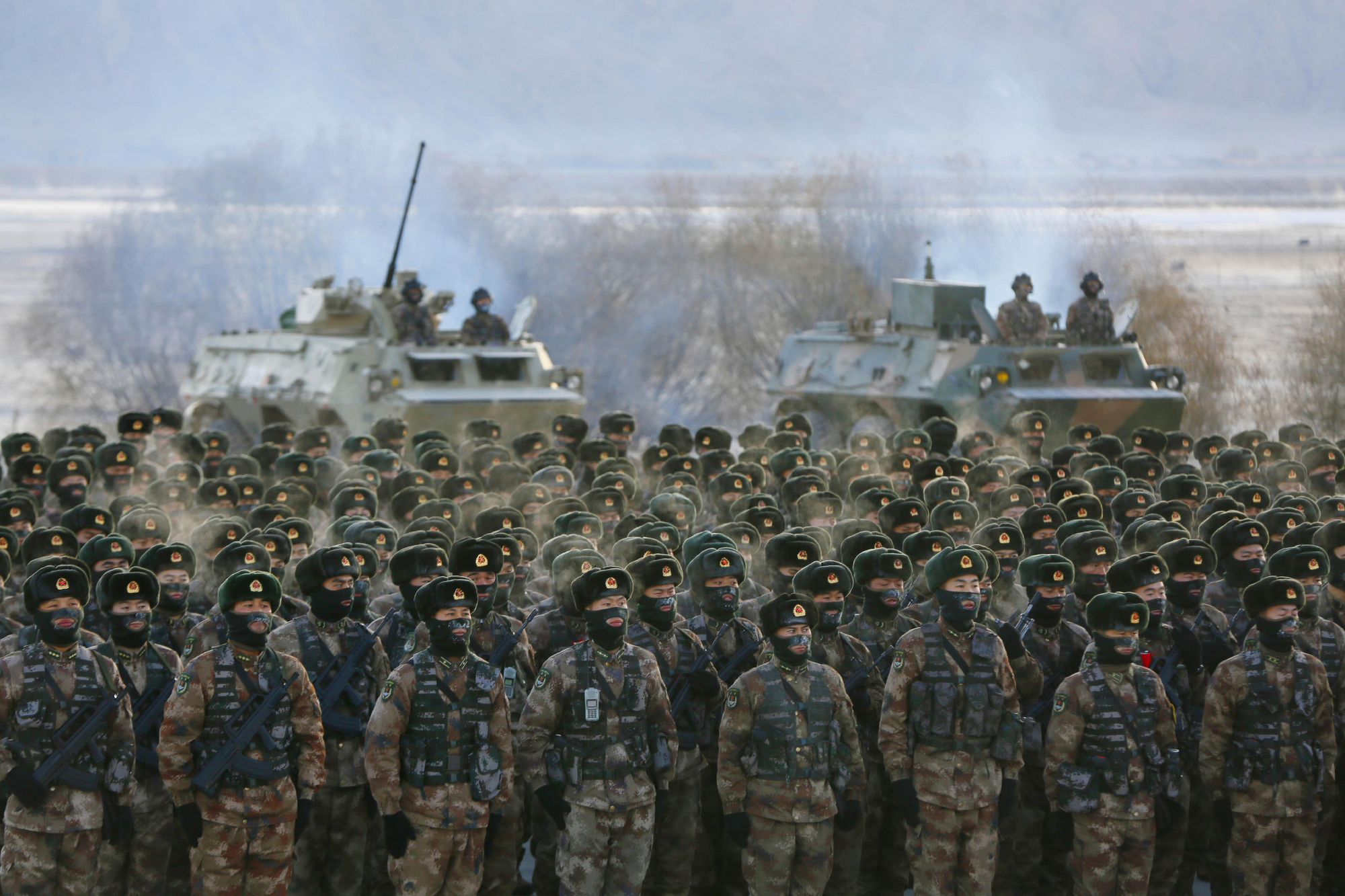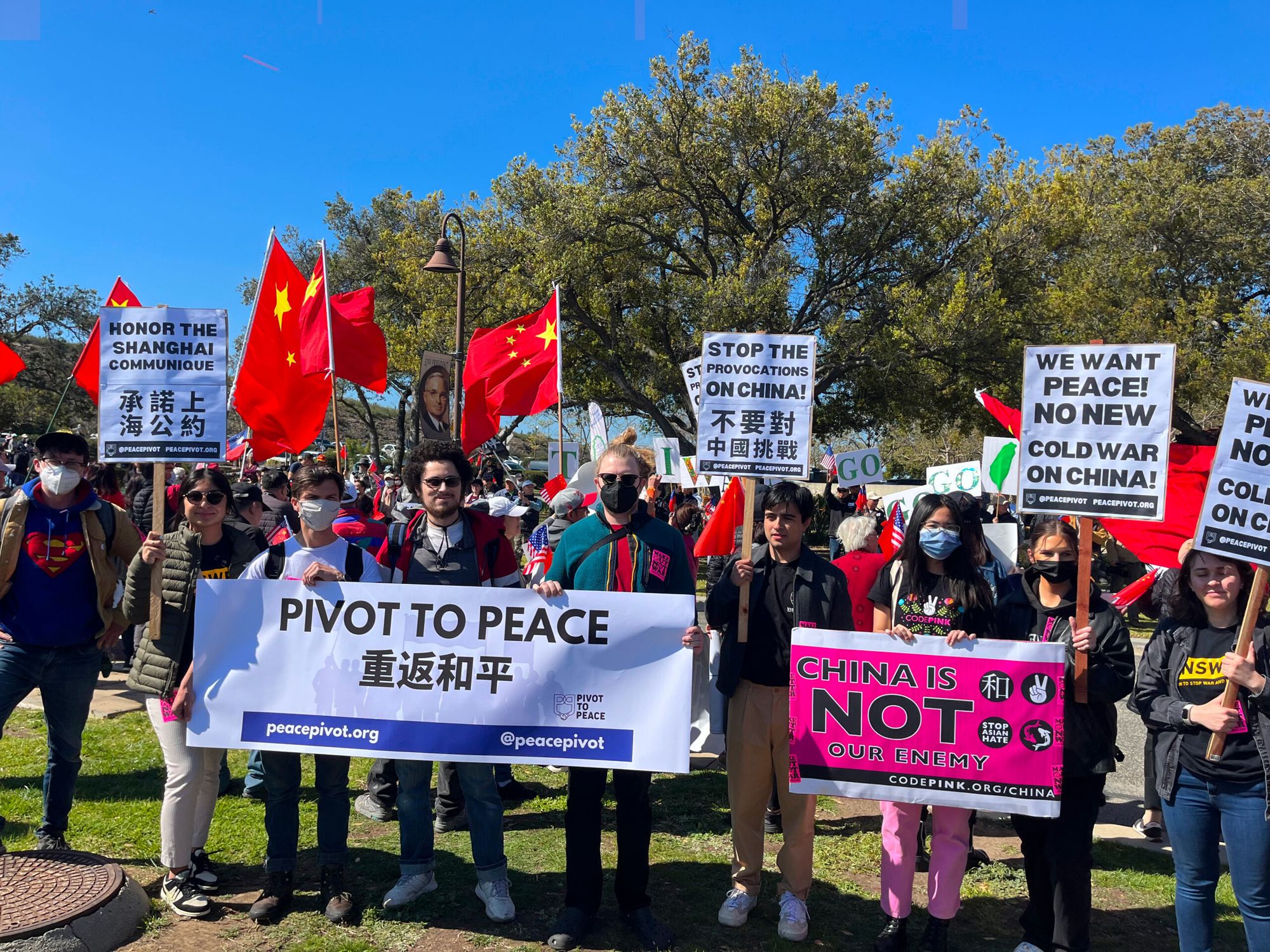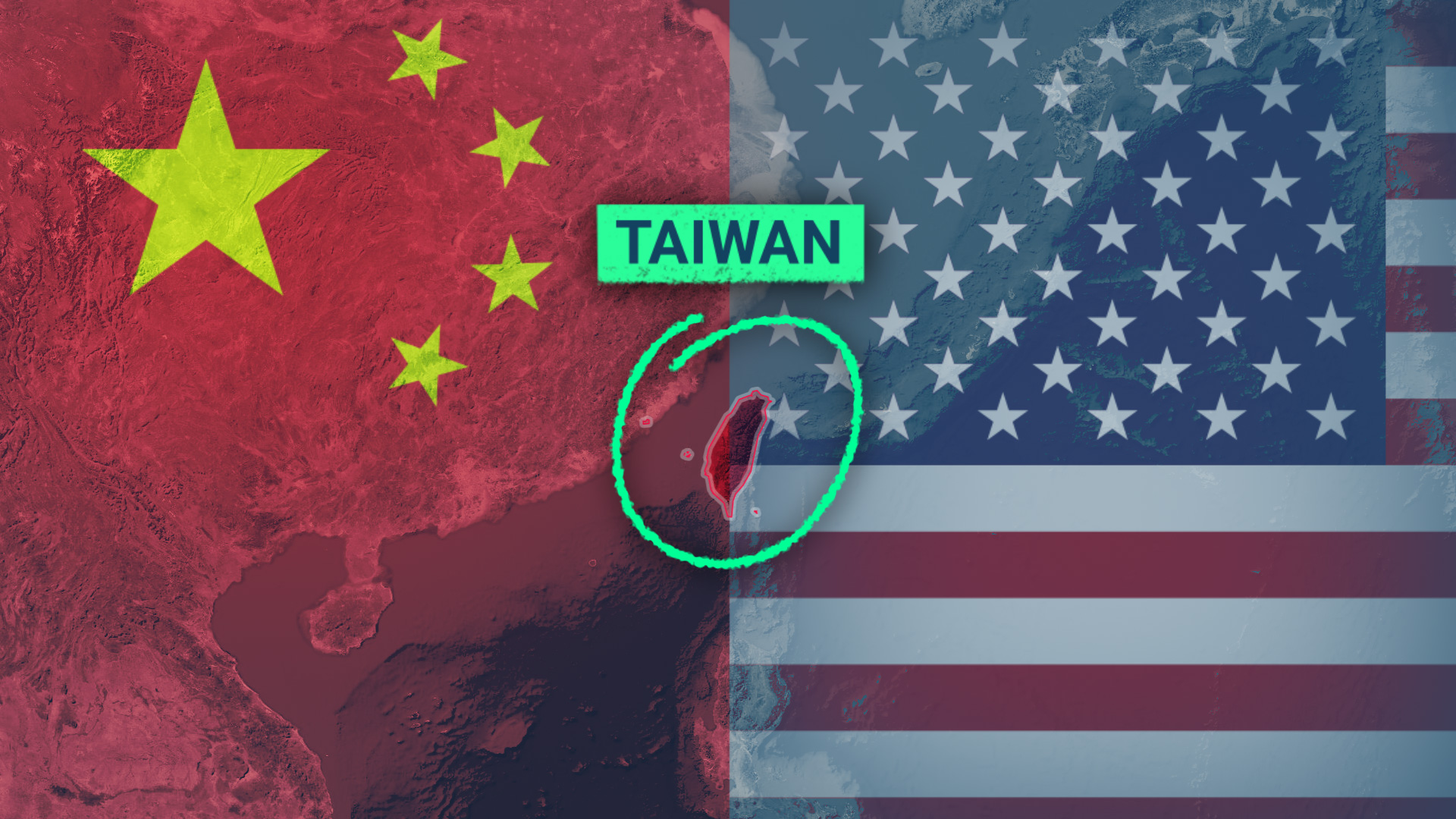In the labyrinthine arena of global politics, a monumental power struggle for supremacy and autonomy is unfurling, revealing layers of complexity that shape the fate of nations. The escalating rivalry between China and the United States transcends mere geopolitical disputes, weaving a tapestry of technological prowess, economic control, and national sovereignty.
At the heart of this evolving narrative stands Taiwan, a pivotal player whose semiconductor innovation has emerged as a linchpin in contemporary technological advancements. Producing over 90% of the world's cutting-edge computer chips, Taiwan's prominence is inextricably intertwined with global innovation. Its significance has not only ignited global attention but has also galvanized China's resolve to secure control over this invaluable resource.

This escalating geopolitical tension is grounded in a deeper historical context. China's meteoric ascent as a global economic powerhouse has been met with relentless challenges from the United States, fostering China's determination to safeguard autonomy in the face of perceived Western imperialism. The unrelenting barrage of economic sanctions and unyielding competition has solidified China's unwavering commitment to assert its sovereign identity on the world stage.
Recent developments reverberate with gravity. The recent move by U.S. President Joe Biden to seek Congress funding for arms supplies to Taiwan, facilitated through a budget for Ukraine, casts a stark spotlight on the urgency of counterbalancing China's mounting influence. This calculated maneuver underscores the United States' persistent effort to recalibrate the scales of power amid mounting tensions.
However, the story extends beyond these events, demanding a nuanced perspective. Beneath the surface, the historical trajectory that has paved the way for this geopolitical showdown must be acknowledged. The United States' consistent exertion of control and preservation of market dominance are pivotal factors steering this tumultuous course.

Amidst these developments, the financial support extended to Taiwan assumes a pivotal role. The United States' commitment to provide arms supplies and financial aid echoes its determination to fortify Taiwan's resilience. A recent announcement unveiled a Taiwan weapons aid package valued up to $345 million, a testament to the United States' pledge to safeguard Taiwan's sovereignty.
As the global narrative unfolds, the clarion call for anti-war advocacy and solidarity takes center stage. Labor leaders and organizers from progressive working-class blocs, particularly APALA (Asian Pacific American Labor Alliance) of the AFL-CIO, are rallying in support of Li Tang “Henry” Liang, a Chinese-American unionized worker and activist facing indictment for championing peaceful U.S.-China relations. This struggle highlights a broader pattern of suppressing free speech and targeting advocates of harmonious international relations.

In this complex terrain, the year 2027 looms as a critical threshold. Amidst the specter of heightened conflict, the imperative for anti-war efforts gains unprecedented urgency. Progressive worker organizations like APALA are called to unite, to organize and wield their collective influence to navigate away from the precipice of war. These alliances can forge the path to survival amidst potential turmoil, ensuring that the working class remains resolute in the face of adversity.
Peering beneath the surface, a disquieting truth emerges: Western hegemony and U.S. imperialism have driven nations like China to the brink of conflict. This pursuit of dominance poses a grave threat not only to global stability but also to the working class and progressive movements in civil society. By scrutinizing these power dynamics, we illuminate the urgent need to resist imperialist agendas and advocate for a world defined by cooperation, justice, and unity.

